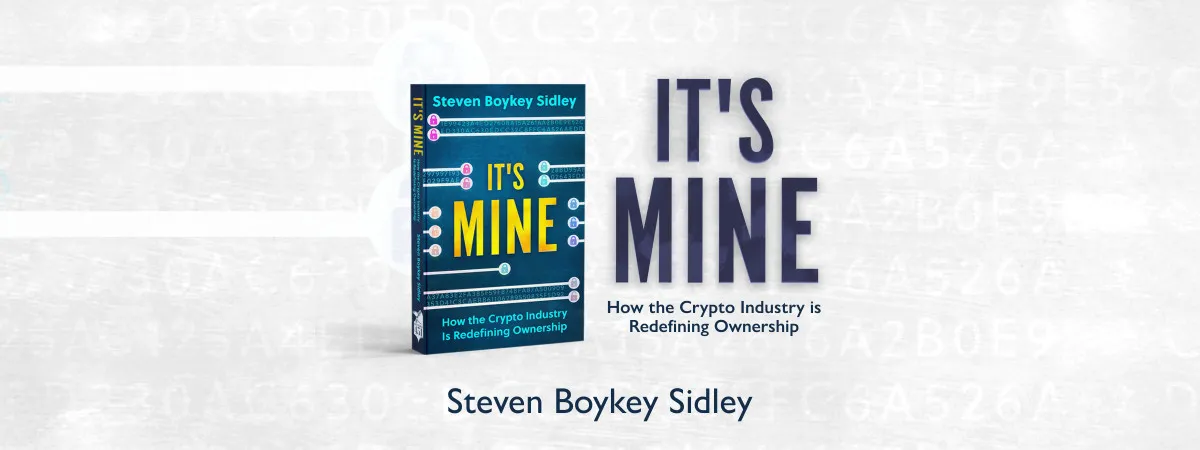GUEST ESSAY
Crypto is back from the dead – again

And the best-performing global asset of 2023 so far is … Bitcoin.
As a long-time, close observer of the crypto economy, I have always been bemused by the multiple gleeful proclamations of Bitcoin’s death in major media and financial news outlets. This has happened 473 times since Bitcoin became a thing in 2010. There is actually a site that tracks these so-called lists of obituaries, which I wrote about some time back, during a previous slump.
It is a longer list now, after a long dark winter.
Not only is Bitcoin not dead, but it and the larger crypto economy are more robust than they have ever been, with multiple new sectors of crypto-fuelled innovation singing in full voice– notwithstanding increasingly desperate efforts of US legislators and regulators, led by Senator Elizabeth Warren, to stamp it out.
I have previously pointed out, usually to deaf ears, that the price of any particular cryptocurrency is perhaps the least interesting thing about this technology. It simply represents the fear and greed of investors who, by and large, couldn’t care less about how it all works and why it facilitates something never before available to humans – the prospect of utterly non-seizable, secure ownership of, well, anything.
Still, I suppose that by this metric of public market value perception, crypto has performed astonishingly well in the past couple of months, certainly better than stocks, bonds, commodities, real estate or anything else we could mention.
Here, from Twitterati@chartsbtc is the startling picture of where you would have been best placed to invest your money over the last 12 years.
This is crazy–Bitcoin’s performance is remarkable! It seems like this spreadsheet alone would explain why people should put at the very least a certain percent of their assets in $BTC. Why aren’t more advisors, institutions and pension funds paying attention to this? https://t.co/fGhchvNjNB
— Nat Robbins (@natrobbins8) April 16, 2023
Hong Kong cosies up to crypto
But moving away from number-gazing, some critically important things have happened to return crypto to rude health.
The first is that while the US has been playing whack-a-mole with every crypto initiative, there has been a fast and determined move by other jurisdictions to be more welcoming. Surprising ones, like Hong Kong, which has proposed a licensing regime for crypto exchanges and a broader proposal to allow fiat on- and offramps for retail investors. Hong Kong is basically China, which brutally stamped out crypto from its shores last year. It seems that they have had a rethink. A total of $1.3-trillion sits in crypto markets right now, and while this seems to be of no consequence to finger-wagging US regulators, it surely has played a role in China’s volte-face.
And of course, there are the warm welcomes of Dubai, Switzerland, El Salvador, the Netherlands, Singapore, Estonia, Portugal and a number of other countries that are shepherding rational and non-adversarial regulation through their legislative corridors, which are eager to take a piece of what the US is rabidly trying to expel.
And then there is the “Shanghai” upgrade to the world’s second-largest blockchain, Ethereum, which completed faultlessly and in real-time last week the last step in its move from the energy-inefficient “proof of work” to the very energy-efficient “proof of stake” consensus mechanism. This remarkable technical achievement and the next stage of Ethereum’s upgrade (which will address scaleability and throughput constraints) have caused confidence in continued crypto innovation to soar, as evidenced by crypto-chatter and trading volume over the last week or so.
But wait, there’s more.
Blockchain magic
A newish corner of crypto, unimaginatively nicknamed RWA, which I have previously written about, is exploding and is poised to completely upend the world of high finance and the physical assets it nurtures. In short, RWA is the application of blockchain magic to the issuance, distribution and financing of traditional, well-understood real-world assets – private debt, real estate, equity securitisation, trade finance, debt instruments and the like.
The underlying magic enabling this is called tokenisation, which describes the mathematical cargo that is carried on blockchain, which is now fully embraced and exploited by Goldman Sachs, JPMorgan Chase, the Monetary Authority of Singapore, Deutsche Bank and others as they burst out of the gates to claim part of what is now expected to be a $16-trillion industry by 2030 (according to a BCG study) – 10% of world GDP. And this from a standing start of essentially zero.
An example? From the aforementioned newly crypto-friendly Hong Kong government earlier this year: “The Government of the Hong Kong Special Administrative Region of the People’s Republic of China (the HKSAR Government) today (16 February) announced the successful offering of HK$800 million ($100m) of tokenised green bond (the Tokenised Green Bond) under the Government Green Bond Programme (GGBP). This is the first tokenised green bond issued by a government globally.”
We could talk of the maturation of NFTs well beyond graphic images into ticketing and dynamic social clubs and supply chains and real estate rentals. Or even the much-maligned metaverse, now poised to catch fire again as new artificial intelligence projects like ChatGPT inject their ability to conjure up novelty into otherwise static graphic online environments.
Oh, and zero-knowledge proofs, which I have written about previously, that have just begun their crypto journey, a piece of face-slapping cryptographic and mathematical magic that allows statements to be certifiably true without having to present any evidence of being so.
About those sceptics
But still, there will be many whose scepticism will remain unmoved, and who will ignore all of these green shoots now turning into real flora. Perhaps that is because they read the headline news written by those who are ill-informed or simply pissed off with the whole crypto endeavour (a position with which I feel a skosh of empathy).
For these people, readers and commentators both, crypto will always be dying, nearly dead, any day now. Until they wake up one morning and it is everywhere, built into the fabric of, well, everything. DM
Steven Boykey Sidley is a professor of practice at JBS, University of Johannesburg



















Comments - Please login in order to comment.